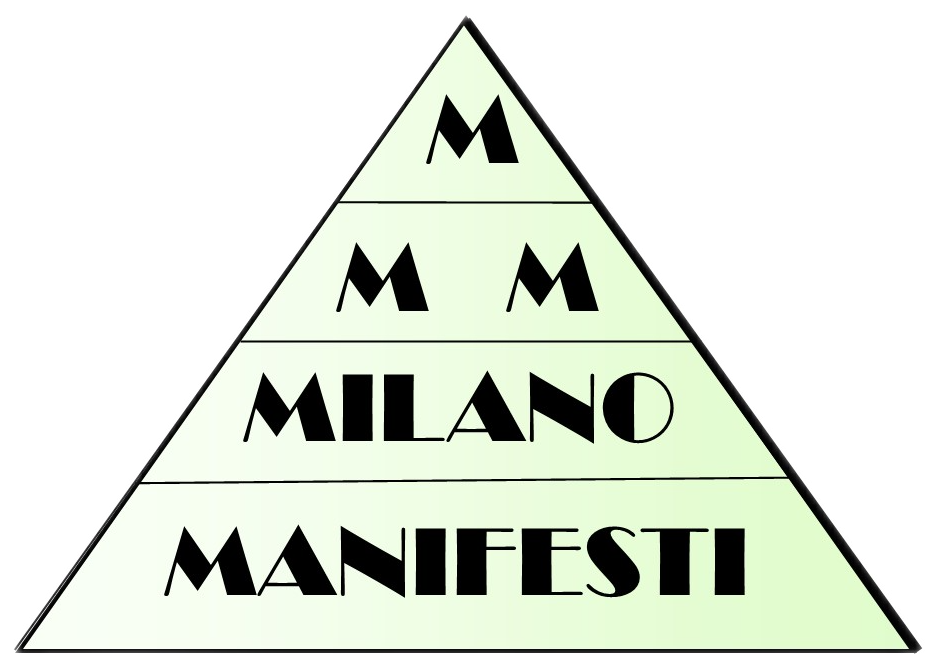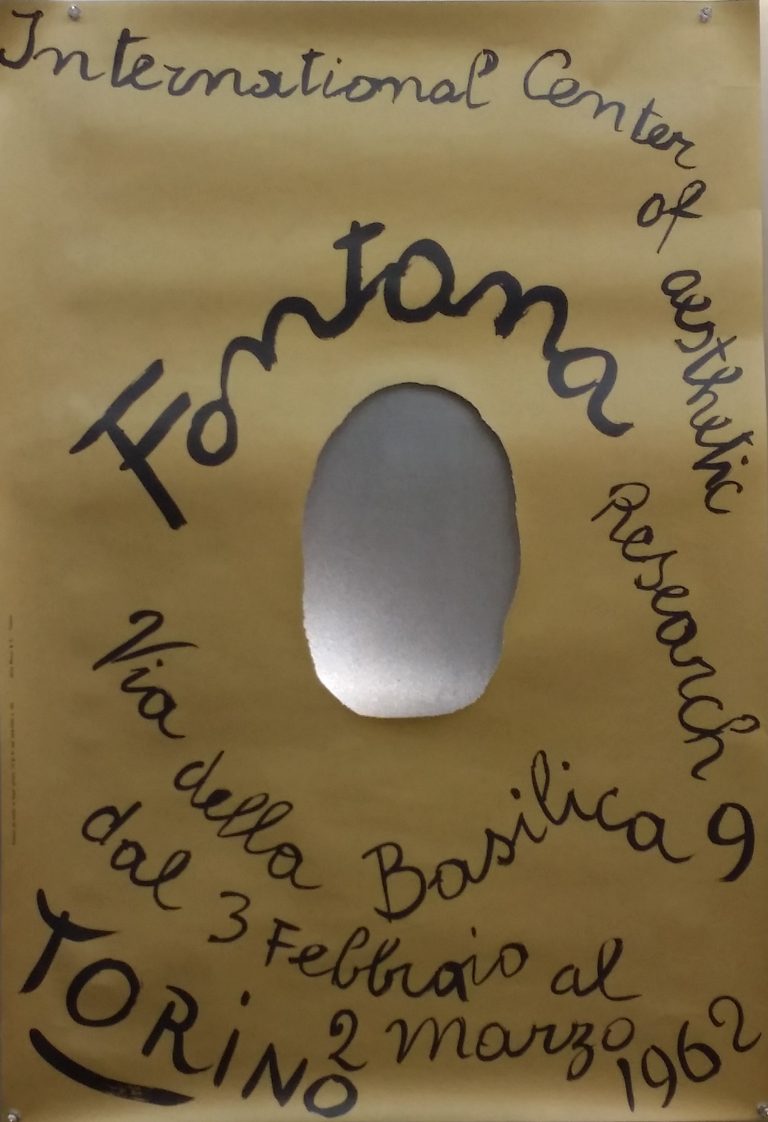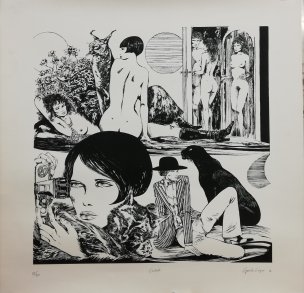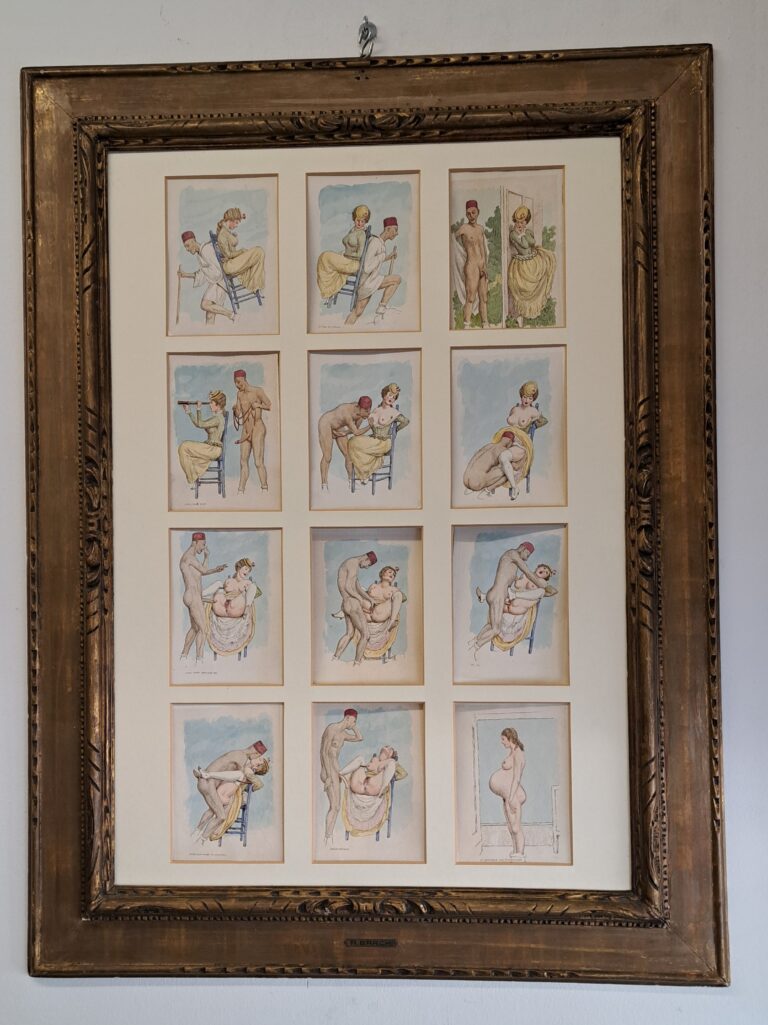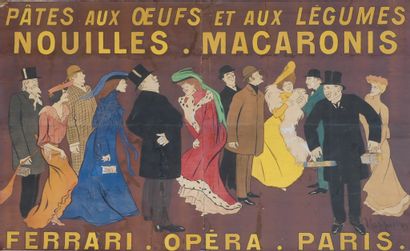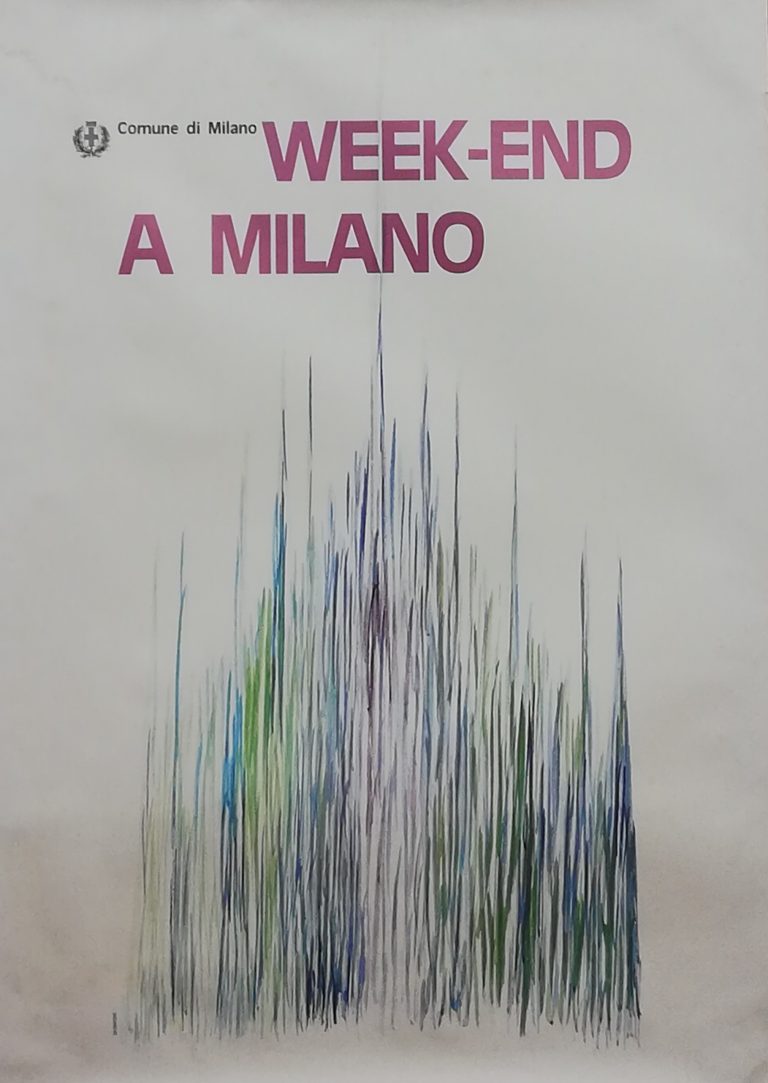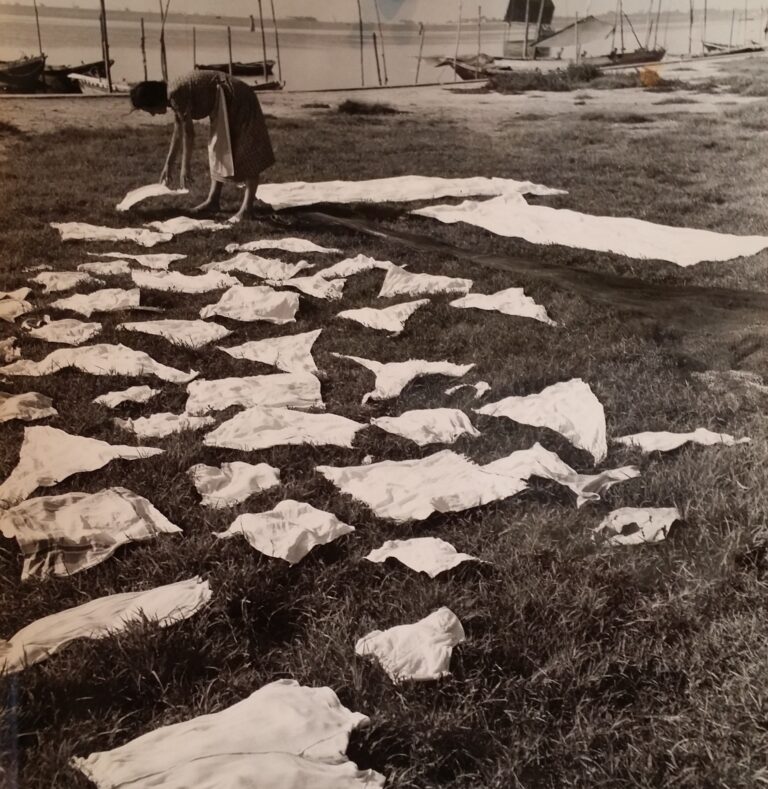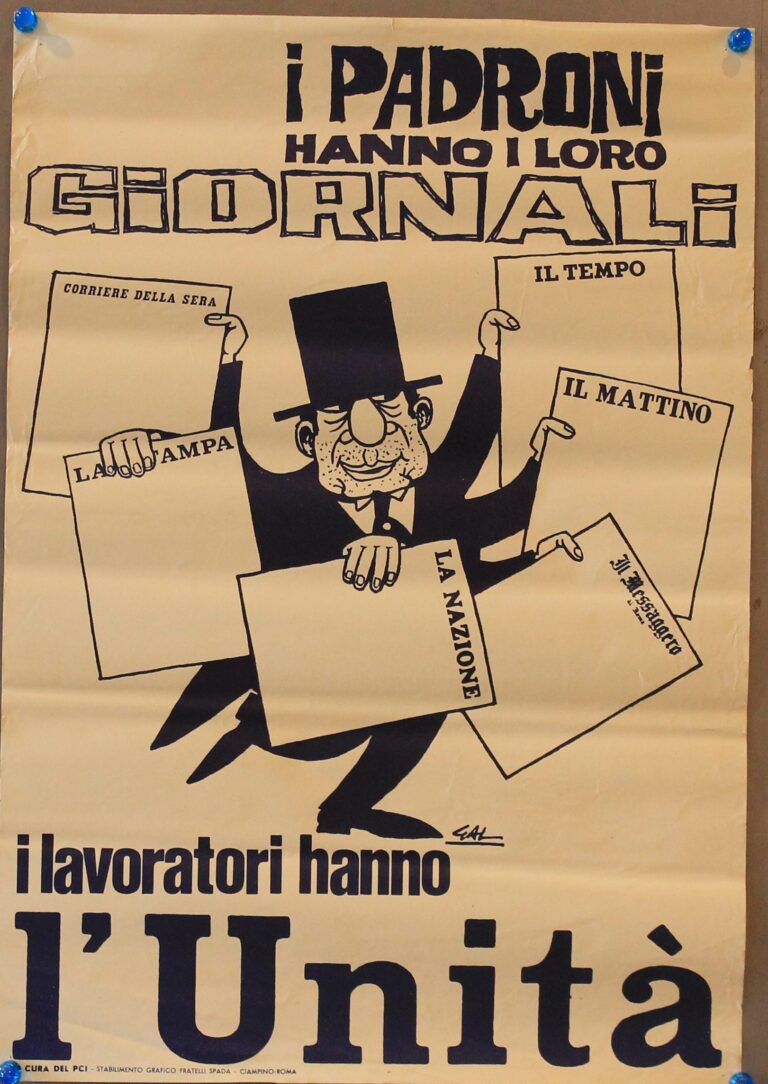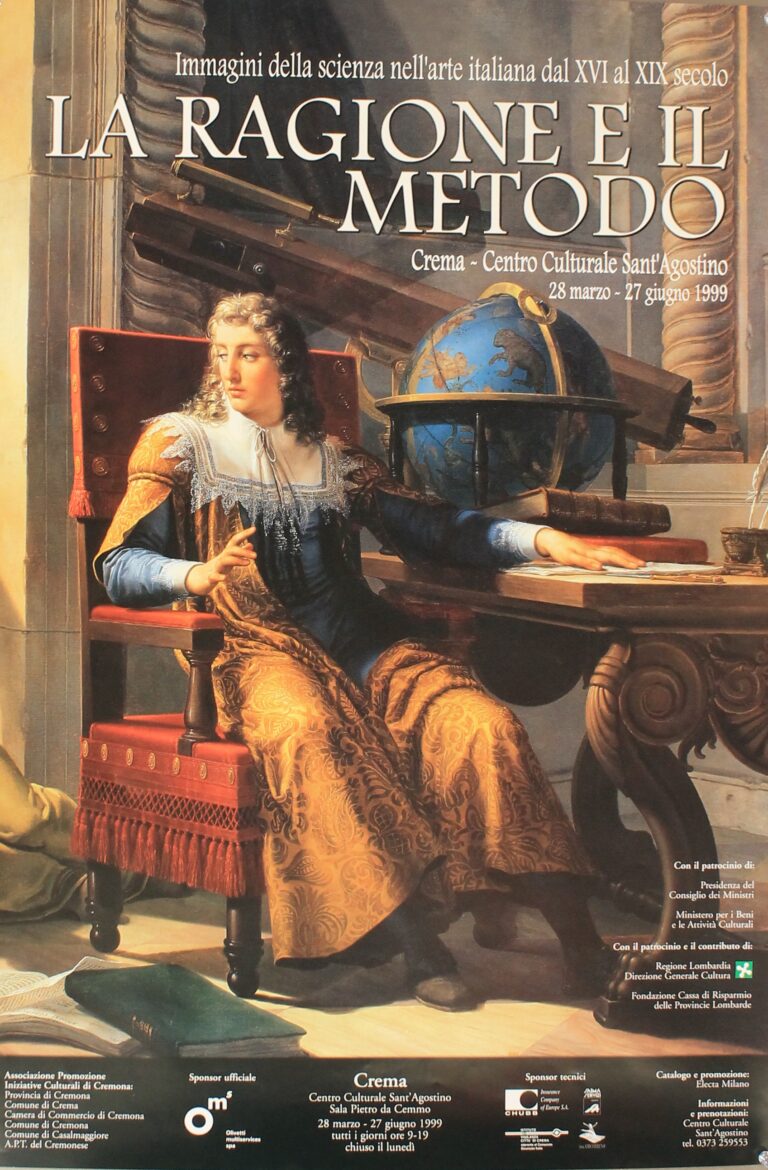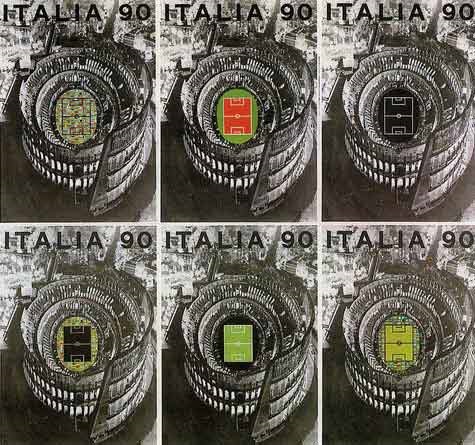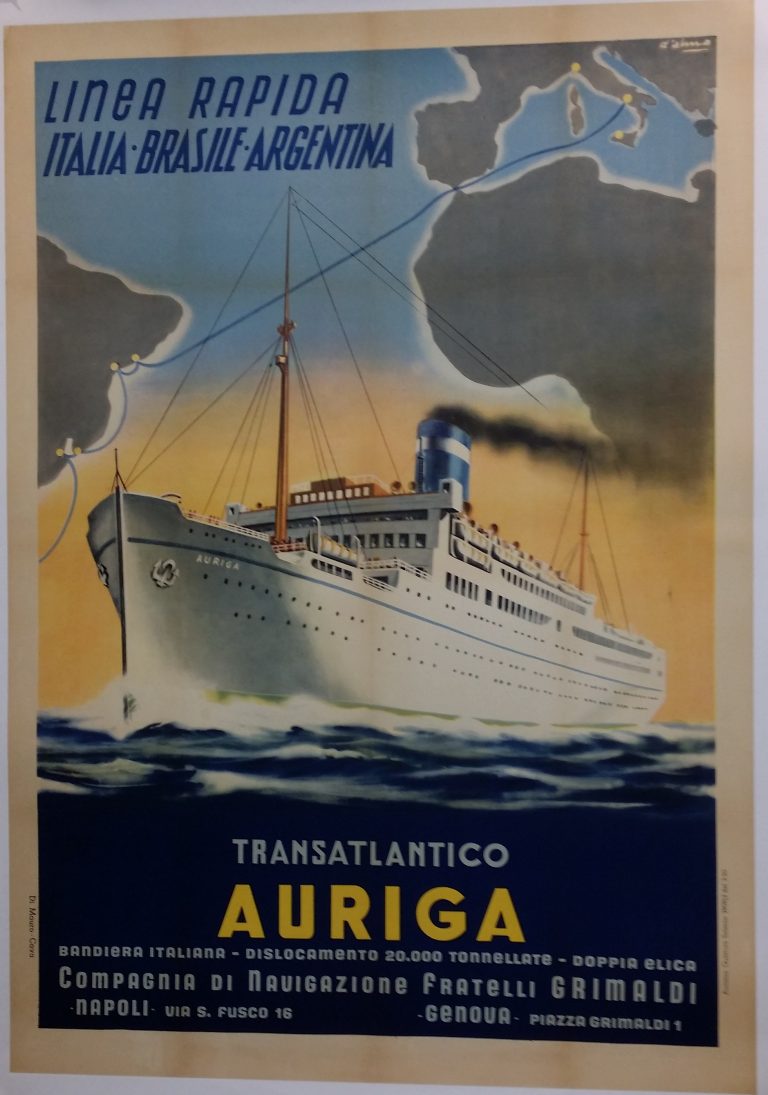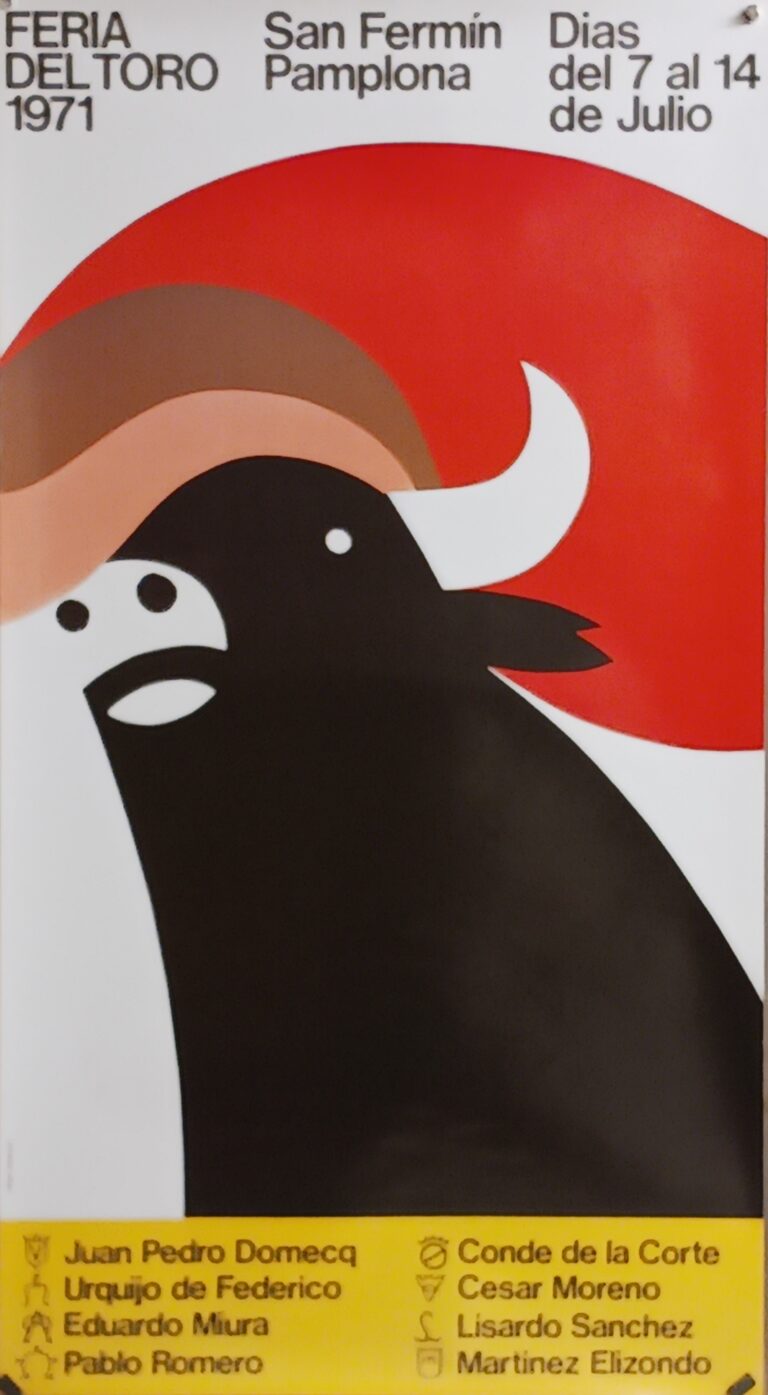TECHNICAL NOTES
MAIN POSTER PRINTING TECHNIQUES

.
LITOGRAPHY (from the Greek, therethos,“stone” and “, gràphein“, “writing”) is a technique of mechanical reproduction of images. The procedure was invented in 1796 by the German Alois Senefelder. The principle of lithography is as follows: on the block of stone, appropriately sanded with pumice or sand, negative texts and figures are drawn with a greasy pencil. The stone is then wet. The strokes drawn, being fat do not retain water, while the others do and remain wet. You then pass the ink and press a white sheet on the stone. This operation is repeated as many times as the colors, each time using a new slab or relvigating the same. The stone slabs were replaced in the early 1900s with more manageable zinc slabs. By the 1950s, lithography tended to disappear for the production of large printouts to be replaced by offset printing, which ensured a quality consistency even to the last copies. At the magnifying glass a litographic print has a continuum of color, it looks like a painting, although sometimes you can appreciate in certain areas a regular pin due to the use of gauze to better blend colors. In contrast, offset printing has a constant, more or less large, dithering. To the touch, especially in the oldest lithographs the perception is of a greasy and velvety surface. For details see the “lithograph” on wikipedia.
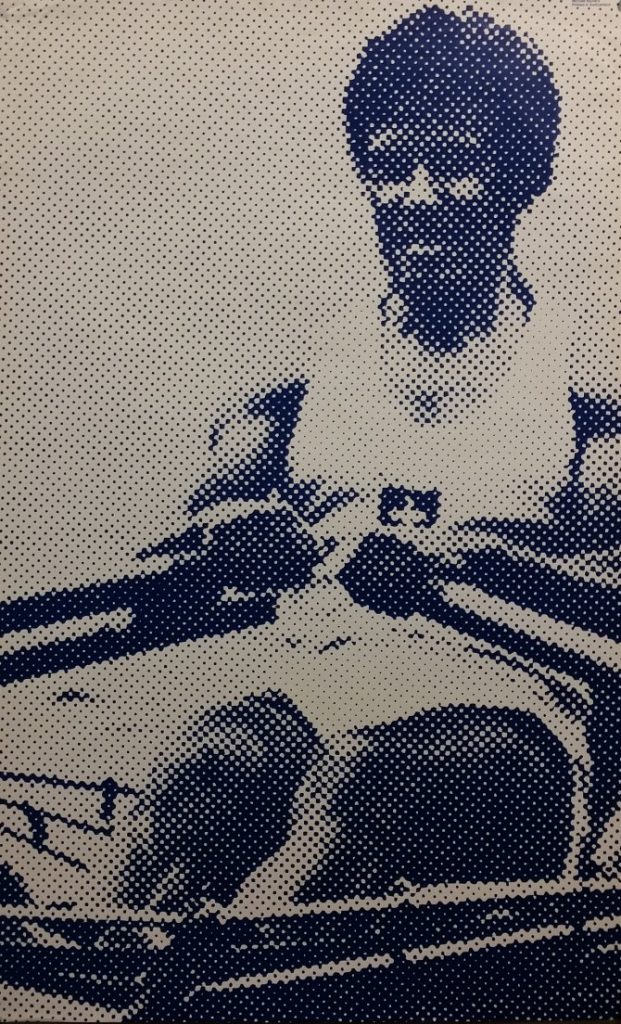
OFFSET (literally “out of set”, that is, from the base) is a planographic printing process that is based on the same phenomenon of repulsion between water and fat ink that characterizes lithography. Unlike this, however, the fat pencil marks on the stand are first transferred to a rubberized cylinder and then from this to the paper, which is mounted on a roller. The main advantage is that the rubber cylinder allows you to maintain a high quality of printing even on non-smooth media making it an ideal system to print each type of paper and you can make many more copies without any quality alterations. The offset printing of posters is the most widely used technique since the post-war period. It is easily recognizable to the magnifying glass as it has a dithering, that is, small polygons differently colored that in the whole and from a distance make the shades of color. In uncoded areas, such as large writing or color fields, polygons are not there because typefaces or large monochromatic clichés have been used for composition. For details see the “offset” on wikipedia. If you know the era of production of a certain manifest, for example the 1920s, it is virtually impossible that it was produced in offset. If you also know from the literature that it was a lithograph and the specimen you are examining is offset you can be sure that it is a reproduction.
